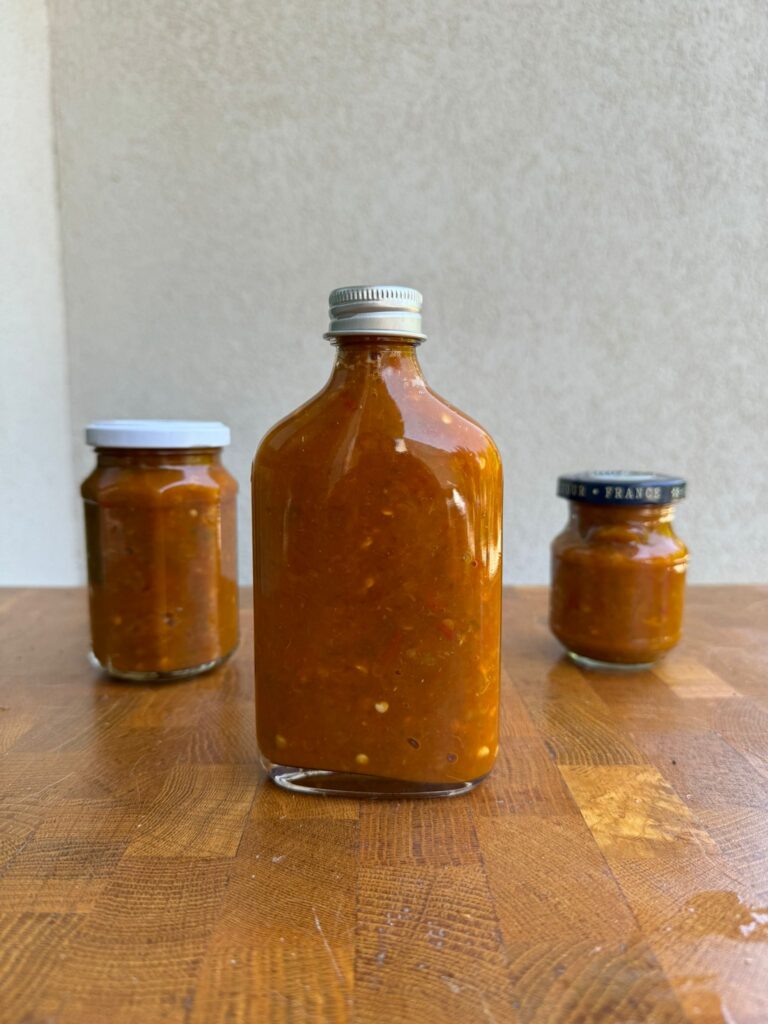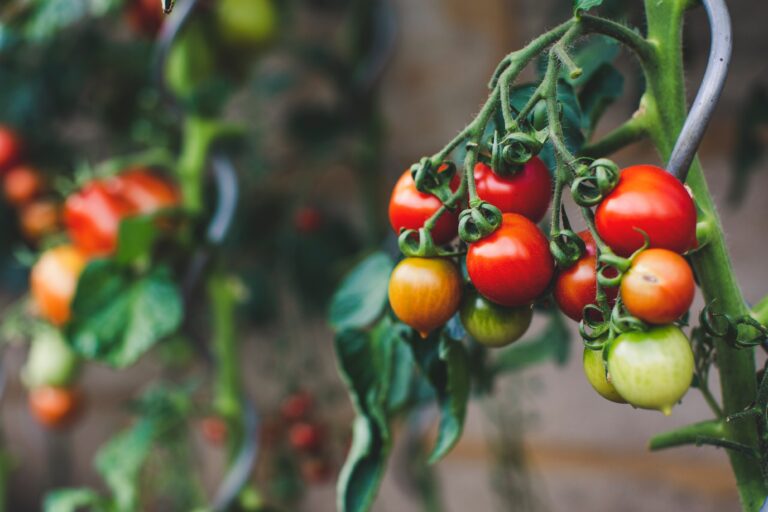Tackling Iron Deficiency: A Non-Toxic Solution in Cast Iron Pans
Unlocking the Potential of Cast Iron Cookware: A Balanced Perspective
Transitioning to a healthier lifestyle often involves reevaluating everyday practices, including cooking methods and kitchen essentials. For me, the journey began with a commitment to using non-toxic products, which led me to explore the benefits of cooking with cast iron pans. While initially drawn to their durability and natural properties, I soon discovered their potential impact on addressing iron deficiency, a health concern I had grappled with.
Exploring Iron Intake Enhancement Through Cast Iron Cooking
As I delved deeper into the world of cast iron cooking, I became intrigued by the concept of iron leaching – the transfer of iron from the pan to the food during the cooking process. This natural phenomenon offered a promising solution to increasing iron intake without relying solely on supplements. However, I recognized the need for a nuanced understanding of how acidity levels in food and the pan’s seasoning could affect iron transfer. Consulting with healthcare professionals and conducting thorough research is essential in navigating the complexities of this culinary approach to addressing nutritional deficiencies.
Understanding the Science Behind Iron Leaching
With a desire for evidence-based insights, I sought to understand the scientific mechanisms underlying iron leaching in cast iron cookware. While studies confirmed the potential for iron transfer, it became evident that the degree of leaching varied based on multiple factors. Factors such as the composition of the food being cooked, the seasoning of the pan, and the duration and temperature of cooking all played a role in determining the amount of iron transferred. This nuanced understanding underscored the importance of managing expectations and adopting a personalized approach to incorporating cast iron cooking into dietary strategies to address specific health concerns.
Balanced Perspective on Cast Iron Cookware
While cast iron pans offer numerous benefits, including durability, natural, non-toxic properties, and potential health benefits, it’s crucial to acknowledge potential drawbacks and limitations. While they provide a natural, non-stick surface when properly seasoned, they require maintenance and can be prone to rust if not dried thoroughly. Additionally, some individuals may find them heavy or challenging to handle, a factor that should be considered through personal preferences and physical capabilities. By embracing a balanced perspective, we can appreciate the strengths of cast iron cookware while also recognizing the need for careful consideration and maintenance.
Navigating the Landscape of Cookware Choices
In a market flooded with cookware options, selecting the right one involves carefully considering various factors, including health, sustainability, and practicality. While cast iron pans offer unique advantages, they’re just one piece of the puzzle in promoting overall well-being. Assessing individual needs and preferences is essential when making informed decisions about cookware investments. By weighing the pros and cons of different options and considering factors such as cooking habits and lifestyle, we can make choices that align with our values and support our goals for health and wellness.
A Holistic Approach to Cooking with Cast Iron
My journey with cast iron cookware has been enlightening and enriching, highlighting the importance of a holistic and balanced approach to culinary and health-related endeavors. While cast iron pans offer undeniable benefits, they’re just one tool in our culinary arsenal. By understanding their potential benefits and limitations and integrating them into a broader framework of healthy cooking practices, we can harness the transformative power of traditional cooking methods in our modern quest for health and wellness. Here’s to informed choices, nourishing meals, and a holistic approach to culinary delights!






